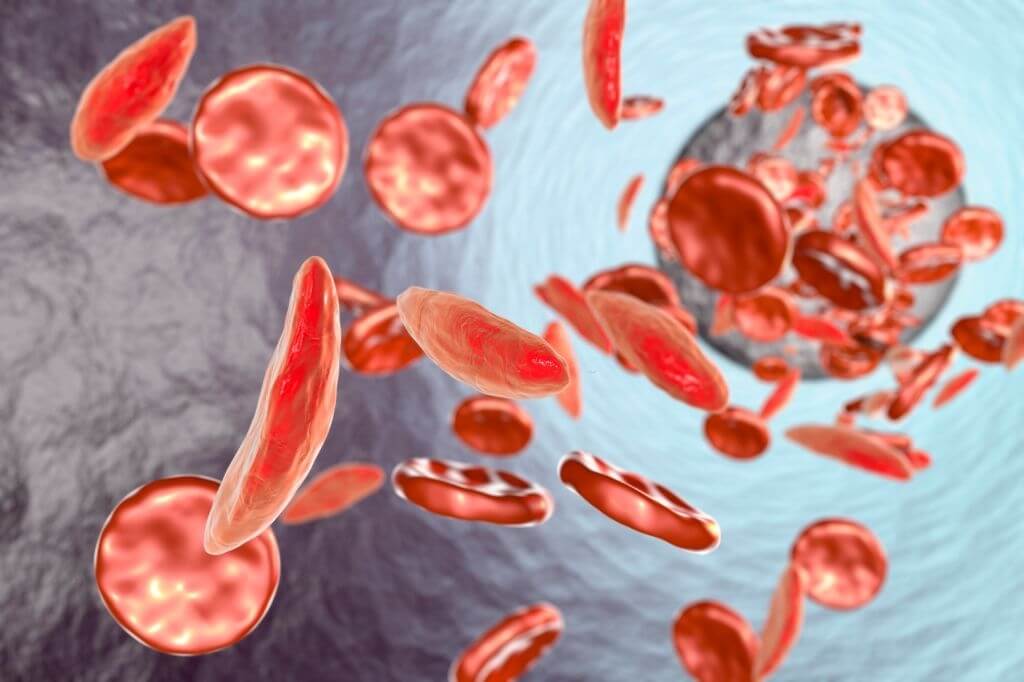If we compare the huge amount of people who are affected with Sickle disease, the number will be astonishing. Over 100 thousand people all around the U.S. are diagnosed with this disease as per the research conducted by the Centers for Disease Control and Prevention.
Before we further proceed on understanding the severity of this disease, September is known as National Sickle awareness month. The most common Sickle cell disease is Thalassemia and Sickle cell anemia.
The Severity Of Sickle Disease And How It Should Be Treated
According to experts the sickle cell needs to be controlled to save the patient and recover quickly. The study has shown how these cells play their role and controlling them can lead to a quick recovery even if the health is critical.

Sickle cell anemia can only be caused by a defective gene passed on from both the parents to the child. In this disease, the hemoglobin turns RBCs to become misshapen, rigid, and sticky. The actual function of hemoglobin is to carry oxygen from the lungs to every part of our body.
Now the matter of fact is to understand what happens if only either of the parent passes on Sickle cell? If 1 parent passes on sickle cells gene to their child and another passes normal one, then both types of hemoglobin will be produced in the body. There will not be much to be concerned about, but the body of the child will become the host for Sickle disease and may pass on the disease to their off-springs.
To understand more about Sickle anemia, here are some symptoms that you may look up for: swelling and regular infections, problems in vision, growth issues during puberty, irregular pains, and anemia.
The cure of Sickle anemia disease for some children is stem-cell transplant. Temporary treatment for Sickle anemia disease is medications that may relieve the diagnosed person from irregular pains. Blood transfusion can be a treatment as well.
Another most common Sickle disease is Thalassemia. This disease does the same impact on the body by mutating hemoglobin cells in the body. The hemoglobin molecules contain two chains, alpha, and beta. If there is a deficiency in the alpha chain then the condition is called alpha-thalassemia and if beta-chain has defected then the condition is called beta-thalassemia.
In alpha-thalassemia, the condition severity depends on the count of defected alpha chains in the gene. More the number of chain defected, severe the condition of disease. But in beta-thalassemia, it depends on which part of hemoglobin is affected. The treatment goes similarly.
When it comes to thalassemia, the signs and symptoms vary as per many factors, especially the severity and type of the disease. Why? Since there are many mutations and types of thalassemia. The most common symptoms are fatigue, deformities of facial bone, abdominal swelling, weakness, and dark urine.
Since the disease is related to blood, it may be difficult for patients to bear the heavy treatments. The treatment can be prolonged over time with unexpected results. It is better to cure Sickle disease at an early age since it may affect the growing age (especially puberty) and may cause many issues.
As discussed above, as per the severity the disease is treated. Very mild forms of Thalassemia do not need treatment. Any form of Sickle disease has to be diagnosed at an early age to understand the severity. The treatment goes on accordingly. It is recommended to have a proper diet and regular check-ups in any concern to the patient over time. Weakness for a prolonged time and issues in breathing could be major symptoms.